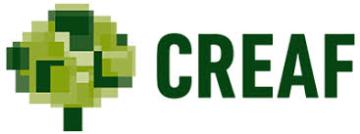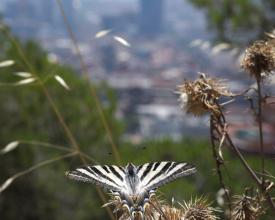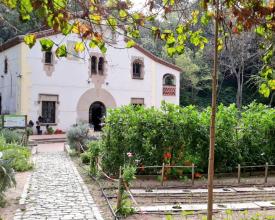
A citizens' observatory to track butterflies and inform urban greening

The Citizen Observatory of Urban Butterflies (uBMS) is a collaborative network of volunteers who join forces to obtain data on the populations of butterflies in the cities of Barcelona and Madrid. In this way, relevant data is obtained to evaluate and monitor the status and trends of the urban biodiversity in these cities. This information provides us with an understanding of which characteristics of the cities promote biodiversity and which limit it, which allows us to recommend best urban greening strategies to favour biodiversity.
The uBMS belongs to the European network of Butterfly Monitoring Programs (eBMS) in force in more than 25 countries, focused on social and applied ecological solutions for nature conservation.
Impacts
The uBMS projects have had an impact on both science and management. It has provided a novel understanding of urban biodiversity, created an indicator to evaluate biodiversity quality in green areas, and identified the reasons behind certain species appearing or dying out in the cities. These findings have contributed to the urban planning of both cities but especially to that of Barcelona, where the uBMS works closely with the Barcelona Greenery and Biodiversity Plan. Overall, ~150 small/medium new gardens (mean size = 2 ha) have been created, which adds 0.36 km² (0.3%) of green area to the city. Eight additional large gardens will be added representing an extra 0.6% of green area with a total increase of 0.9% compared to the current situation (1.2 km²). In addition, all urban gardens and parks now have more than 60% of natural native vegetation cover, with ~60 hectares transformed from lawns to natural meadows or grasslands, managed under a low-intensity mowing strategy, and fencing about 60 hectares of vegetation from human impact. These actions come with continuous monitoring of flora and fauna (with e.g. uBMS) increase in the city over time, to update our knowledge about how to improve biodiversity and, subsequently, adapt management strategies.









